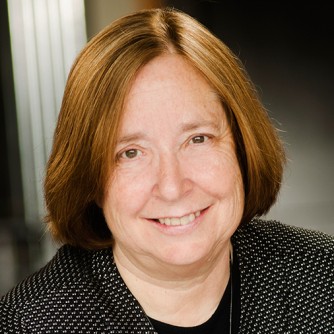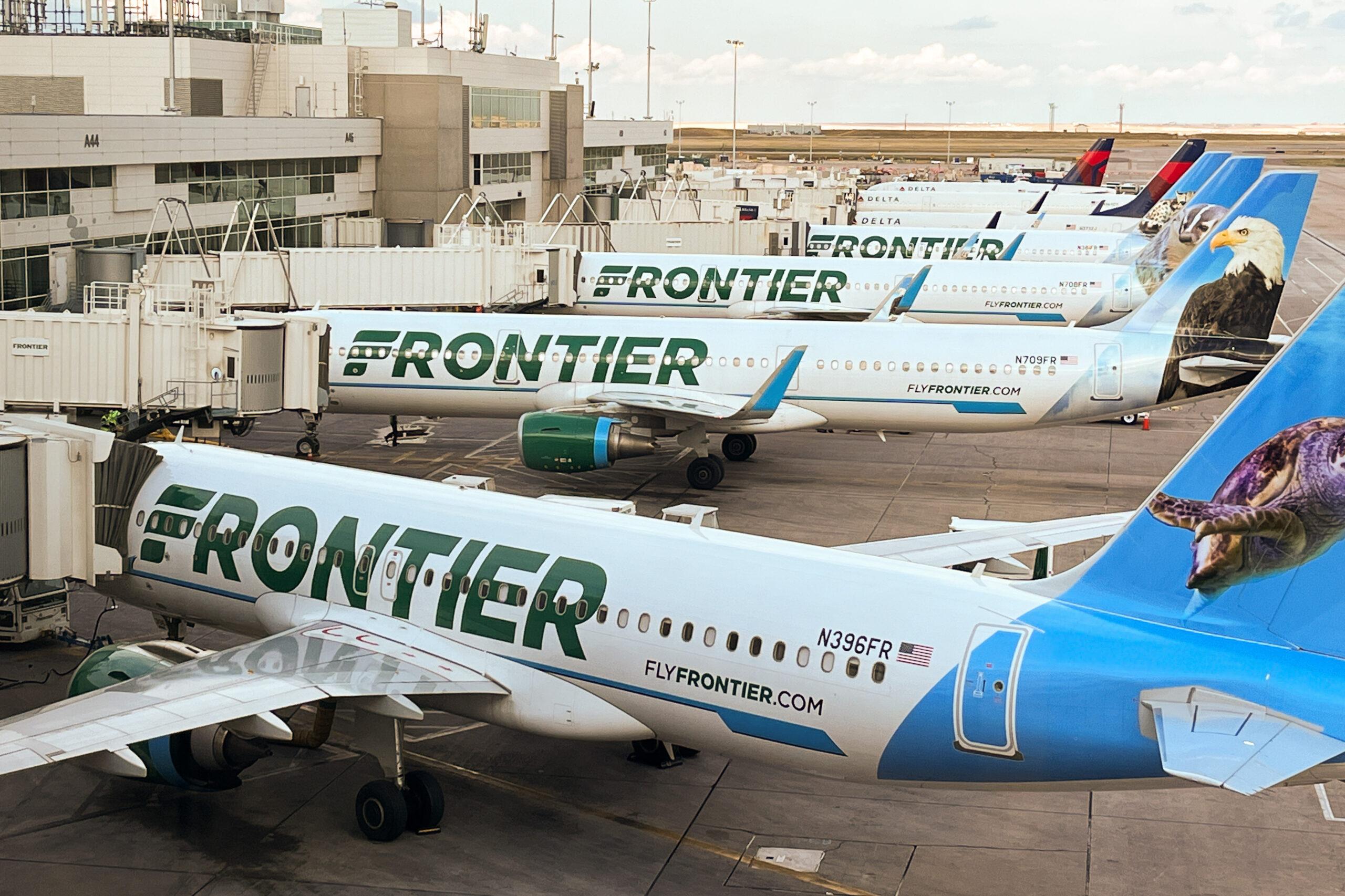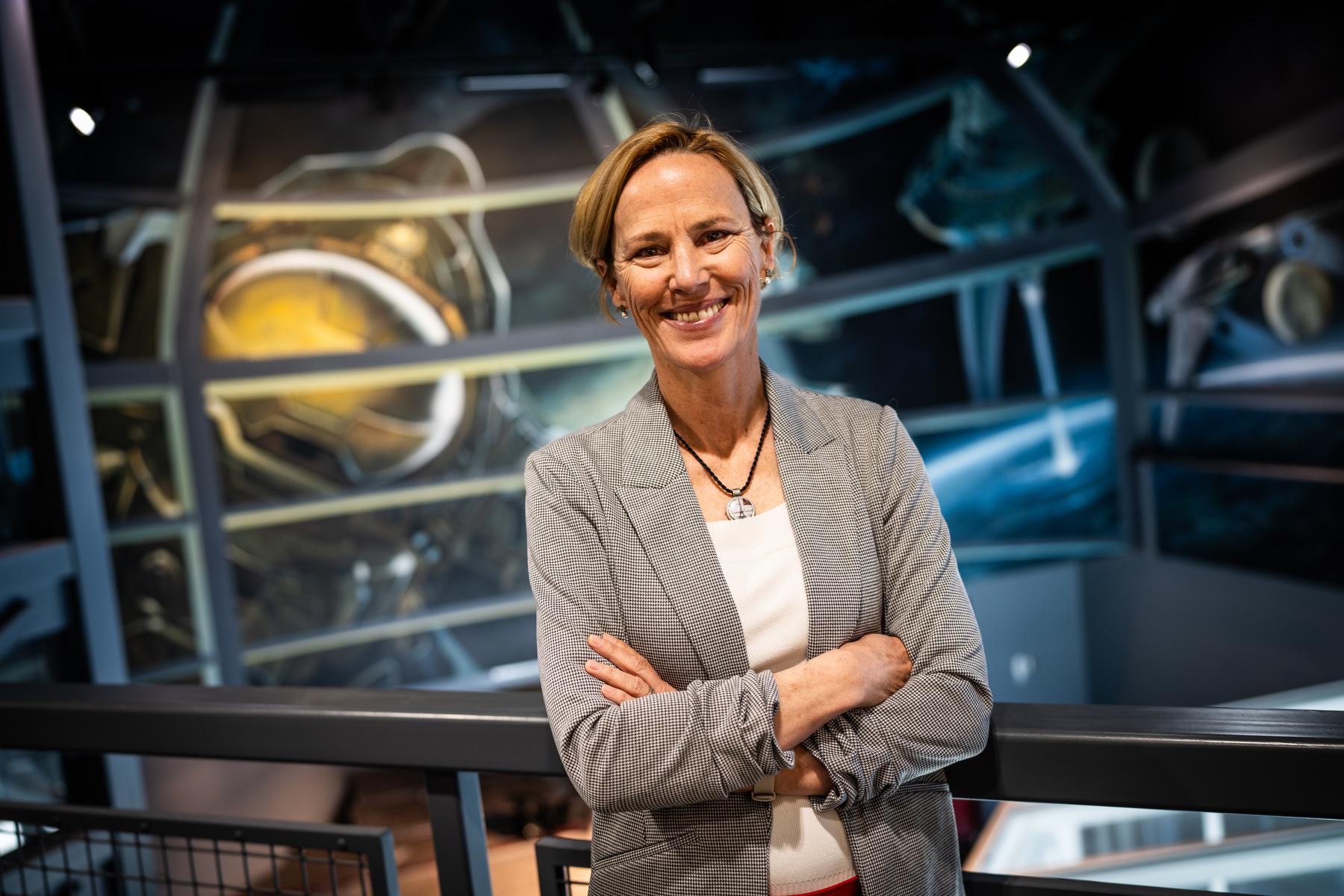
Colorado Springs is set to become the hub of the international space community on April 8 when 12,000 people from more than 40 countries arrive to hear the latest about what’s ahead for the industry.
They’ll be talking about what is, by the latest count, a $546 billion global economy that is set to grow to $1 trillion over the next several years, according to Heather Pringle, who heads the Colorado Springs-based non-profit Space Foundation, which sponsors the annual Space Symposium.
“It is the only event that brings together the diversity of space leadership around the globe,” including the military, scientists, major corporate players, and small start-ups, she said.
Among the issues they’ll explore are the use of artificial intelligence in space, regulation, and an industry-wide shortage of workers.
Pringle, who retired last year from the Air Force as a major general, was named head of the Space Foundation last year. She spoke with Colorado Matters senior host Ryan Warner.
Read the interview
This interview has been edited lightly for clarity and length.
Ryan Warner: What are this year's hot topics going to be?
Heather Pringle: My personal favorite is space and artificial intelligence … At Carnegie Mellon University, they're using artificial intelligence to help them design new spacecraft, new satellites. We are applying artificial intelligence for all the data that is being collected for earth observation, and we're not yet harnessing all that data in ways that we could. We can use it for space traffic management and debris avoidance.
Warner: There's a lot of garbage floating in space, and it's a threat to some extent if you're out there?
Pringle: Absolutely.
Warner: So if I'm an aerospace engineer, hearing you say that AI is helping perfect future spacecraft, I think to myself, well, maybe I'm out of a job…
Pringle: Absolutely not.
Warner: And if I'm an astronaut, am I going to be comfortable on a spacecraft designed by AI?
Pringle: Artificial intelligence machine learning is a tool to enhance what humans do best and if we apply it to the right areas, the high volumes of data, and synthesizing it in new and different ways, you still need the humans to apply it, to manage the boundaries, to use that innovative thinking that we're known for. And AI can just help us do what we already do so much better.
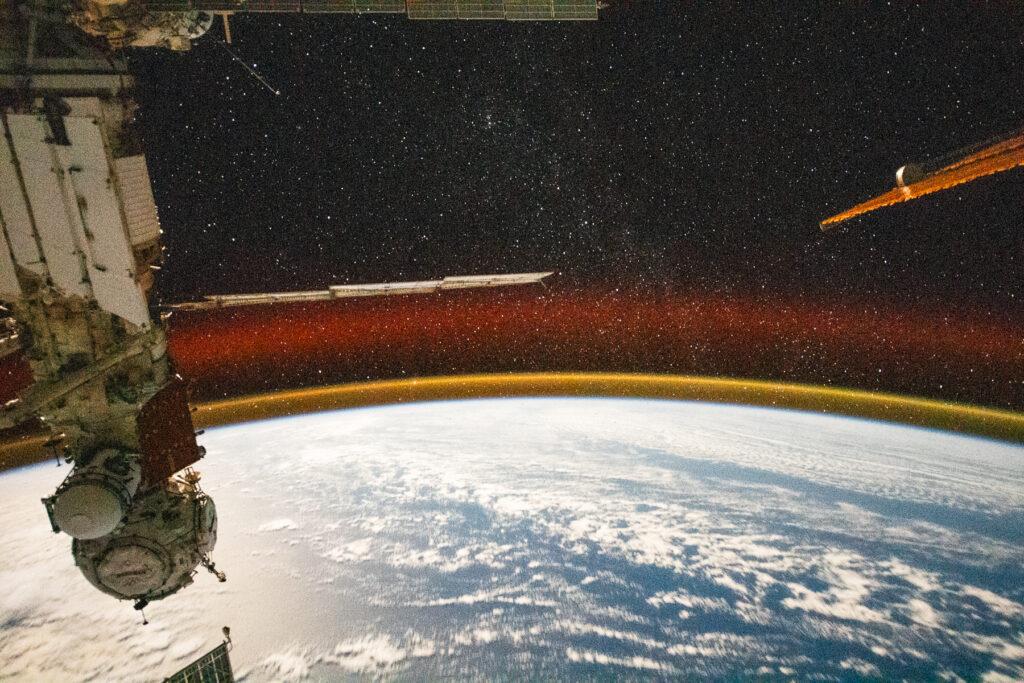
Warner: AI can do a lot of the crunching, it sounds like, of massive amounts of data.
Pringle: That's exactly a great use for it. And there are probably other uses that we aren't even aware of yet. So kind of getting back to our original question, which was what's new and exciting about (this year’s) symposium? It is the only event that brings together the diversity of space leadership around the globe.
Warner: And we're talking more than 40 countries. And this is civil, it's military, government, all of that?
Pringle: Absolutely. Commercial industry, big and small. We bring in the FCC chairwoman, we bring in the FAA, we bring in the Secretary of the Air Force and the Chief of Staff of Space Operations, the commander of United States Space Command.
Warner: What does the FCC have to do with space by the way?
Pringle: Spectrum management and communications is an important aspect of living on Earth and communicating with satellites in space.
Warner: There's one more thing I wanted to ask you about with AI. You said earth observation. Is that like weather stuff?
Pringle: It's different than weather observation … What I mean by earth observation is you can use data from satellites to understand things like where droughts are and where they will be based on changes in pictures of the ground.
Warner: You mentioned that the symposium brings together big and small, and it occurred to me that there was an era where aerospace was all big. It was the NASAs and still is obviously to some extent, the Ball Aerospace and the JPLs. The number of startups, the number of scrappy firms getting into this seems to me a real evolution in aerospace. Do you think that's true?
Pringle: Commercial space, so all industry, accounts for about 77 percent of the global space ecosystem.
Warner: Well, that's amazing. In other words, government is no longer the largest player.
Pringle: That's right. So what used to be the domain mostly of governments and large investment is much more accessible to companies and countries around the world. So launch is a significant part of that. So you have to launch to get into space, and we're really excited to bring technologies back from space and have it benefit life on Earth.
Warner: Give me an example of that because I think that if you're listening to this, the Space Symposium might seem a little distant, maybe specialized, but there are any number of ways in which this has returns for life on Earth.
Pringle: Absolutely. Besides data that I was talking about, there are efforts to manufacture technologies in space, whether they are medicines that have different formulations and different applications. We've even seen toothpaste created for space applications and for astronauts that need to consider bone density and strengthening (dental) bone loss that they might experience while in space.
Warner: Gosh. I'm made to think of the space ice cream that I remember in science museums as a kid. Right? For me, as a little one, that was a real-world application of something that astronauts had in space that could be brought back. But it hadn't occurred to me that medicine, space medicine, winds up having terrestrial benefits.
Pringle: It absolutely could. And we're also looking at within this decade, we have the International Space Station, which does a lot of research and that will be transitioning to a commercial research enterprise with commercial payloads. And so again, we're really at the forefront of what could be built, manufactured, and created in space to benefit life on Earth.
Warner: You invoked launches. The pace of launch these days is mind-boggling.
Pringle: So last year the pace of launch was about one every 48 hours and what we're continuing to see is an acceleration of launch. What we anticipate this year is a launch every 36 hours. That's an incredible capability that makes space much more accessible to all of us and all of commercial industry.
Warner: Why do you think aerospace is as big as it is in Colorado? Because the state economic development office ranks us as second largest in the country.
Pringle: For civil space applications, absolutely. It started with a strong military presence. So we have Peterson Space Force Space. We have United States Space Command, which is a major combatant command leading our protection of the space global commons, and ensuring its use for national security purposes. And around elements like Schriever Space Force Base and Space Command, these companies come to Colorado and strengthen what their daily operations are. They benefit from the strong workforce and talent.
There are over 35,000 workers in the space ecosystem here in Colorado. NASA has a huge investment in the state, both through contracts with industry as well as grants that they're giving to Colorado universities.
Warner: You mentioned the workforce, and there are so many industries that are struggling with having enough workers. Is that happening in aerospace as well?
Pringle: Absolutely. It's a very important mission that we have at Space Foundation is to strengthen the workforce pipeline, to educate and inspire future space leaders. So what we're finding is that with the growth of the space economy on this high trajectory that they have seven percent on an annual basis.
Warner: That's the growth rate.
Pringle: That's the growth rate. So it's been a very resilient market even in terms of what happened during COVID. And because of this high rate of growth, the space workforce is struggling to fuel that economy and to keep pace with it. So we have a really strong effort to educate K through 12 kiddos. We are partnered with an initiative called Space Workforce 2030, and it's really exciting.
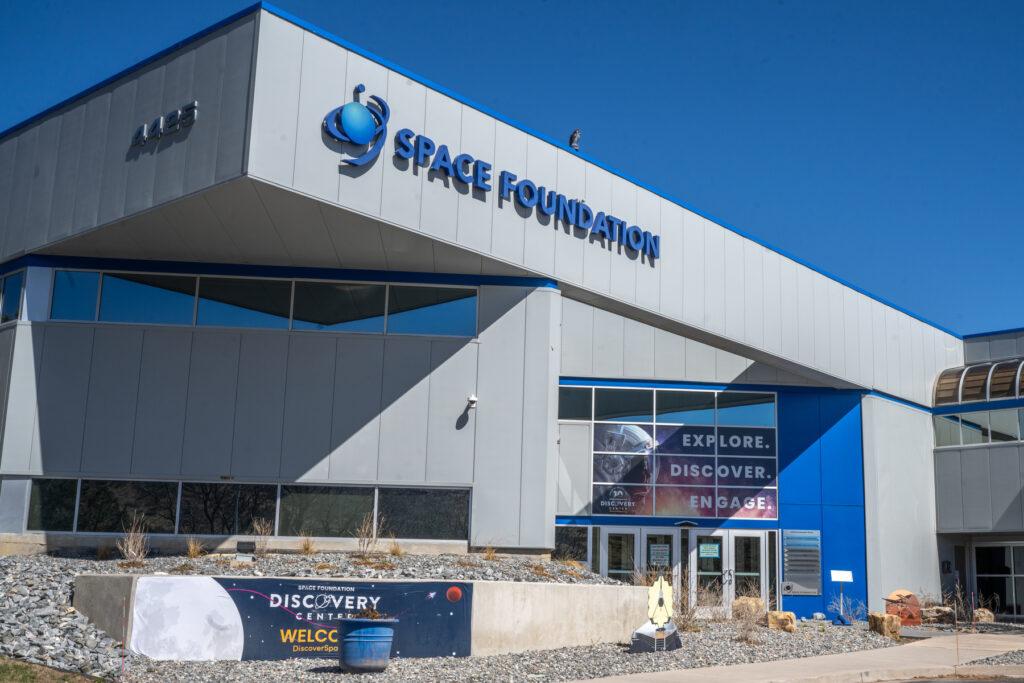
Warner: It seems to me there's so much momentum right now to the moon, and then the moon almost is a way station or practice grounds for Mars. How much do you think that's the thrust of this symposium?
Pringle: I think that will be a major topic of discussion across many of our sessions. We have NASA coming in full force to talk about their vision and their partnerships around the world that will help them achieve it. We have over 350 teachers from throughout the world that will be here on-site to talk about what they're doing in the classrooms to grow that next generation of space leaders. And in fact, the future astronauts that will be going to the moon and beyond are currently in first grade right now. So the role of teachers couldn't be more important.
Warner: There's a first-grader right now who may be on Mars at some point. Is that what you're telling me?
Pringle: Yes.
Warner: This shift towards commercial space, I just want to play the devil's advocate. The person who thinks corporate America hasn't always been the most responsible. There are a lot of environmental disasters that have been at the hands of corporate America and that have required regulation and oversight. Is it necessarily a good thing that it's industry that's getting involved in space as opposed to governments which are accountable to voters?
Pringle: Industry is the powerhouse of innovation, and so they are starting to explore all the different ways in which space can be used to benefit life on Earth.
Warner: And turn a profit.
Pringle: And that's part of their business model because they want to continue to thrive, but they are helping push the state of the art. And it's everything from manufacturing, from spacecraft design to defense, but also space tourism is another area that we might not see if it were only the realm of government. And so I would say industry has an important role and governments are vital to ensuring the common good is looked after.
Warner: To some extent, it seems like space is the Wild West these days – 9,500 satellites orbiting Earth; Japan, India, China, have all landed spacecraft without crews on the moon in the last five years; NASA plans to have astronauts there by 2026… But it seems to me that there's no real legal framework for who is allowed where and why and when.
Pringle: Well, earlier you asked me about the FCC and I would say that there are legal frameworks that exist, and with the growth and innovation and new entrants, there are new requirements that …
Warner: There's a lag.
Pringle: Well, it's just as the market evolves, it's uncovering new areas that we need to be cognizant of. Our role as the Space Foundation is to bring government leaders with industry and help them understand both sides of the coin because we really want innovation to continue. We want growth and to benefit from all the advantages that space could bring us, and the excitement of space exploration with ensuring that it's available not only this year but 10, 20, and 100 years from now.

Warner: I want to talk just a little bit about you. You got your undergraduate degree a few miles from here at the U.S. Air Force Academy. You served 32 years in the military, retiring last year as a major general. But this is just fascinating – your Ph.D. is in engineering psychology? Engineering psychology. What is that and how does it fit into what you're doing now?
Pringle: I think of engineering psychology, it's very relatable to human factors …
Warner: How humans and machines interact …
Pringle: Absolutely.
Warner: And are machines intuitive in ways that make it safe to operate, for instance?
Pringle: Absolutely. Do humans understand what actions the machines are taking? And so, early in my career, I was looking at things like cockpits, glass cockpits, and simulators, but you can see even understanding how artificial intelligence is working and trying to make that black box of the algorithms that AI is creating more transparent, visible, or understandable by the human who is trying to operate with that technology. That's a different type of application.
Warner: But the psychology is in that interaction between the data, the technology, and – the human being that still has to operate the joystick I guess.
Pringle: I would absolutely agree with that. The way I looked at it is that humans have strengths in thinking, in decision-making, in communication, and even how we learn. A lot of times we think we're very logical, but sometimes the human brain is not quite what we expect, and so how can we adapt machines in whatever way and their interfaces with the humans to best accommodate our strengths and our weaknesses.
Warner: Okay. I looked at the Symposium agenda online and you have events scheduled all day Monday, including a luncheon that starts at 11:30. Do I need to remind you there's an eclipse happening right about that time?
Pringle: Well, I personally, am running outside between 12 p.m. and 1 p.m. to observe with the safety glasses, to be a part of that experience that's going to hit us all around the globe.
Warner: You imagine that there'll be a little pause there for the eclipse. And how cool that people from more than 40 countries will be in one spot to watch it in Colorado Springs.
Pringle: I do wish we were in the path of totality but of course, we will be celebrating it too.
